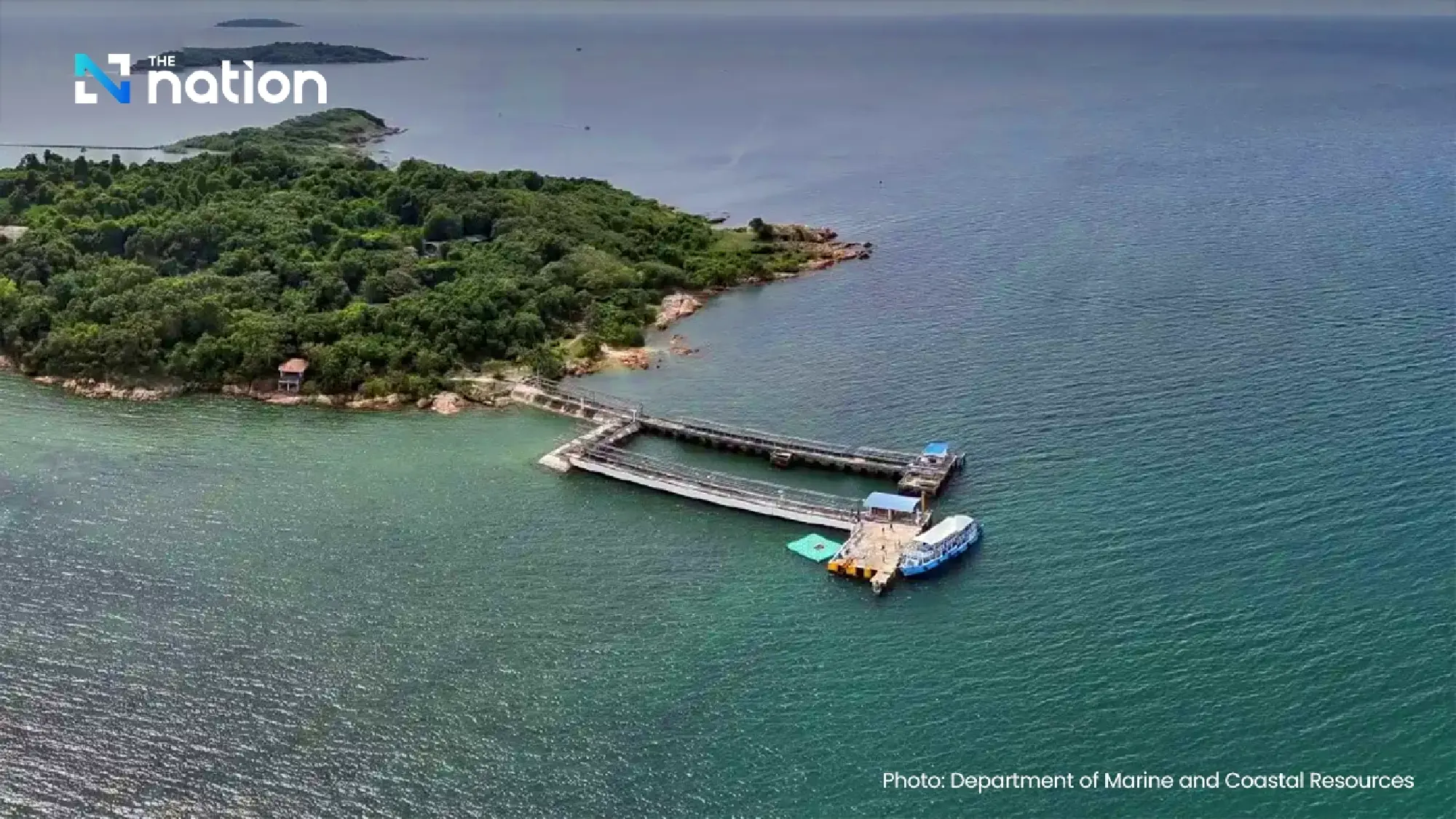The Royal Thai Navy took on a crucial role, collecting eggs from nearby islands like Koh Khram for incubation and care. Hatchlings were raised for six months, tagged for monitoring, and then released. A healthy number were retained as breeding stock.
Further Royal-inspired action followed:
1981: The Ministry of Commerce prohibited the export of sea turtle shells, formalising the protection.
The government subsequently amended the Fisheries Act to prohibit the possession of turtle shells and related products, with violators facing stiff fines and potential imprisonment.
The Conservation Centre at Koh Man Nai has proven highly successful, now self-sufficient in breeding by incubating wild eggs, raising the hatchlings in nursery ponds, and releasing them back into their natural habitat. This single act of generosity spurred a nationwide awakening in marine conservation.

An Enduring Legacy and Scientific Training
The project has since evolved, now known as the Eastern Gulf of Thailand Marine and Coastal Resources Research Centre.
Its mandate has expanded to include the research and breeding of other rare species, such as dugongs, dolphins, giant clams, corals, and seagrass.
The Royal Thai Navy reinforced the commitment in 1989, dedicating the surrounding islands—Koh Khram, Koh Ira, and Koh Chan—to conservation efforts.
Staff are stationed across 16 beaches to prevent poaching, collect eggs, and ensure the health of the hatchlings before release.

